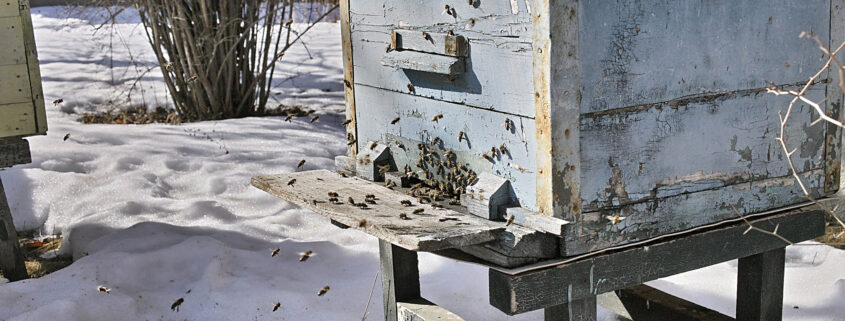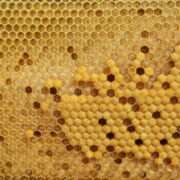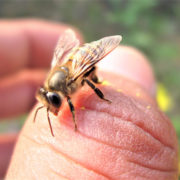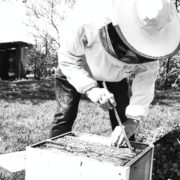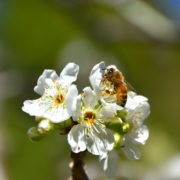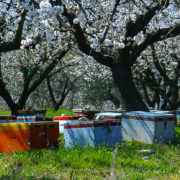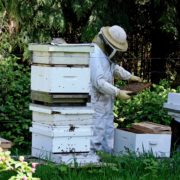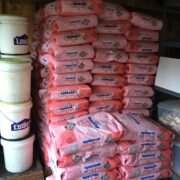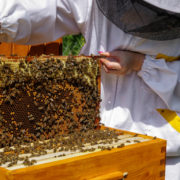Protecting the Precious Brood: A Beekeeper’s Guide to Keeping Bees Warm
For beekeepers, the sight of a hive teeming with life is a source of immense joy. But within that bustling colony lies a hidden vulnerability: the brood, the delicate larvae and pupae that represent the future of the hive. Though tucked away in capped cells, these seemingly motionless forms are very much alive, and their well-being hinges on one crucial factor: warmth.
Imagine a cozy 93 degrees Fahrenheit, a temperature that cradles the brood in perfect comfort. Dip below 80 degrees, and the tiny bodies begin to suffer. The cold saps their energy, hinders their development, and in the worst-case scenario, chills them to death.
This chilling tragedy forces the bees into a frantic cleanup operation, removing the fallen brood from the hive. It’s a gut-wrenching loss, not just in terms of bees, but also in the wasted energy and time expended by the colony.
Late winter and early spring are the most perilous times for the brood. The queen, eager for the warmth of spring, ramps up egg-laying, but the colony’s population is still recovering from the harsh winter. A sudden cold spell or even a careless inspection by a well-meaning beekeeper can send temperatures plummeting, putting the fragile brood at risk.
So, how can beekeepers be the guardians of warmth? Here are some key tips:
- Resist the urge to inspect on chilly days. When temperatures dip below 50 degrees, keep the disruptions to a minimum. Let the bees focus on maintaining their internal furnace.
- Quick peeks only. If an inspection is absolutely necessary, make it swift and minimize exposing the brood to the cold. Remember, every second counts.
- Keep the brood tucked in. Don’t leave frames of brood outside the hive any longer than necessary, especially in windy conditions. Let the warmth of the bee cluster be their haven.
- Ventilation is key. Proper ventilation allows moisture to escape, preventing condensation that can drip onto the brood and turn into a deadly freeze. Fresh air, yes, but frosty drafts, no.
By following these simple steps, beekeepers can become champions of the brood, ensuring that the hive’s future generation emerges strong and vibrant. Remember, a little vigilance goes a long way in keeping those precious bees warm and the colony buzzing with life.

